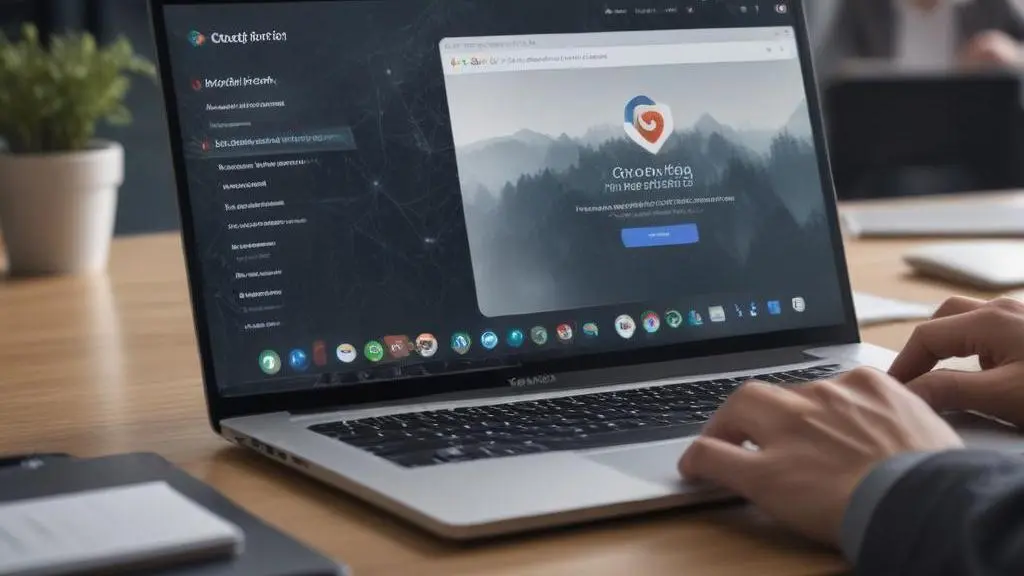Phishing attacks are some of the most common and dangerous cyber threats today. They exploit vulnerabilities in human behavior to gain unauthorized access to sensitive information. This guide delves into the intricacies of phishing, its types, and how to safeguard against them.
What is Phishing
Phishing represents a highly deceptive cyber attack. Fraudsters carefully impersonate legitimate entities. They mimic trusted organizations, like banks or government agencies. Their primary objective is to trick individuals. They aim to solicit sensitive information. This often includes crucial data like passwords, credit card numbers, or personal identification details. These illicit requests typically reach victims via various communication channels. Emails are common, as are deceptive text messages or unsolicited phone calls. The ultimate goal is to gain unauthorized access. This access then enables fraudulent activities. Such actions can lead to identity theft or significant financial fraud. Recognizing these sophisticated deceptions is essential for robust protection against broader cybercrime threats.
Types of Phishing Attacks
Phishing attempts manifest in diverse ways. Spear phishing involves highly targeted messages. These are crafted for specific individuals or organizations. They often impersonate trusted senders. Whaling is an advanced form. It specifically targets senior executives. Attackers seek significant financial gain or critical data. Clone phishing replicates past legitimate emails. It alters links or attachments. This makes the fraudulent email appear genuine. Smishing uses text messages. Fraudsters send fake alerts or requests via SMS. They prompt clicks on malicious links or calls. Vishing occurs through phone calls. Criminals pose as legitimate entities. They use voice manipulation to extract sensitive information. Understanding these varied tactics helps in recognizing potential threats.
Recognizing Phishing Attempts
Identifying phishing attempts requires sharp attention. Examine sender addresses for subtle alterations. Legitimate domains are often mimicked with slight misspellings or extra characters. Be wary of urgent or threatening language. Demands for immediate action, like account suspension warnings, are common phishing tactics. Legitimate organizations rarely request sensitive information, such as passwords or full bank details, via unsolicited emails. Observe any misspellings or poor grammar; these often indicate an unprofessional origin. Always hover your mouse over links before clicking to reveal the true destination. Unfamiliar or suspicious URLs suggest a malicious redirect. By staying alert to these signs, you can effectively avoid falling victim to phishing scams. Recognizing these indicators is a vital step in proactive cyber threat mitigation.
Protecting Yourself Against Phishing
Preventing phishing combines personal vigilance with technological safeguards. Always use strong, unique passwords and enable two-factor authentication (2FA). Keep all software and security systems updated; patches close vulnerabilities. Avoid clicking suspicious links or downloading attachments from unknown sources. Verify senders before any interaction. Regularly back up your critical data for recovery from breaches. For enhanced defenses, consider professional infrastructure security services, including audits. Website owners should opt for professional setup and management for robust online security. Don’t wait until it’s too late. Take the first step towards securing your digital future by signing up for our comprehensive IT security services today.
Final words
Phishing attacks continue to evolve, posing significant risks to both individuals and organizations. By understanding the different types of phishing, recognizing the warning signs, and implementing robust security measures, you can significantly reduce the risk of falling victim to these threats. Regular IT audits and professional security services can further enhance your defenses. Take action now to safeguard your digital assets and ensure a secure online environment.












Leave a Reply